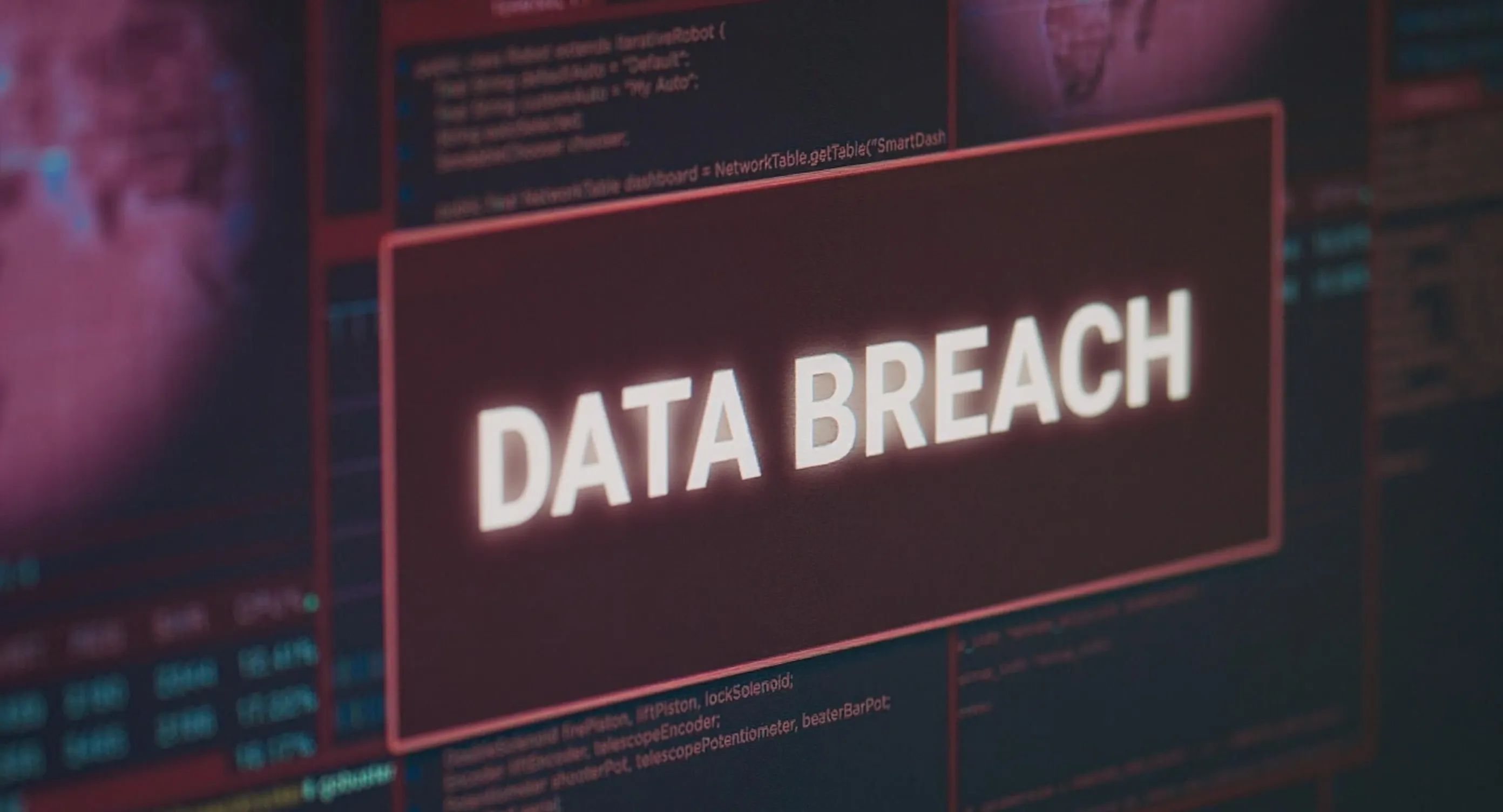The Biggest Data Breaches in History

Picture 1.1 Data Breach
Ever heard the news about millions of user data being leaked and sold? Ironically, even giant corporations are not immune to this problem. For a company, there is nothing scarier than hearing the words "Data Breach". Once it happens, it’s not just about losing data, it’s also about losing customer trust, tarnished reputation, and financial damages that can reach billions of dollars.
Despite spending massive amounts of money to strengthen their security systems, reports of data breaches still surface almost every year. From minor negligence to sophisticated cyber operations backed by state intelligence, no matter how advanced the technology is, once there is a crack, the impact can cascade. Just like a small fracture in a dam that eventually destroys everything.
What is a Data Breach?
A data breach is an incident where sensitive, confidential, or private information leaks from a system that is supposed to protect it. This data can include personal identity, login credentials, financial records, and even trade secrets. Once leaked, it can be exploited for various crimes such as fraud, identity theft, or further cyberattacks.
How Can a Data Breach Happen?
Data breaches don’t always occur due to sophisticated cyberattacks. In fact, many major cases start from things often overlooked. Here are some common factors behind data breaches:
Human Error:
Employee negligence is the most common cause. From misdirected files, using weak passwords, to storing passwords in unsafe places. Small mistakes like these can open the door for attackers.Phishing and Social Engineering Attacks:
Attackers often use fake but convincing emails or messages to trick employees into giving access. Just one click on a malicious link can infect the system.System Vulnerabilities:
Unpatched software or applications become easy prey for hackers. Exploits on bugs that aren’t fixed promptly (unpatched vulnerabilities) can grant full system access.Malware and Ransomware Attacks:
Malicious software can steal data or lock company systems until ransom is paid.Insider Threats:
Employees, former staff, or partners with excessive access rights may misuse them, whether intentionally or not.
What Are the Biggest Data Breaches Ever Recorded?
History has witnessed many shocking data breaches worldwide. From tech giants to leading financial institutions, no one has been spared. Some cases even became major lessons that even the smallest negligence can be fatal. Here are three of the biggest data breaches that shook the world and the stories behind them:
1. Global Tech Company – One Fatal Click
In 2014, one of the world’s largest tech companies suffered a massive data breach. This case involved hundreds of millions of users and became an eye-opening study of how a single email can trigger disaster.
It all started with a spear phishing email. One click by an employee, and the attacker gained access to the internal network. From there, they moved from endpoints to servers, then into user databases and management tools.
The scary part is this could happen to anyone. There’s no guarantee that every employee can resist a perfectly crafted social engineering trap. Even worse, standard security tools like antivirus or anti-phishing software were nearly useless against customized spear phishing.
Although the technical details were never fully disclosed, stronger endpoint protection could have stopped it. For instance, a Data Loss Prevention (DLP) solution could have detected abnormal access before attackers moved deeper.
Read also: DLP Configuration in SECUI
2. Credit Reporting Company – A Chain of Fatal Negligence
In 2017, the public was shocked when data from 143 million people was leaked from one of the most well-known credit reporting agencies. This case proved how small mistakes can lead to attackers gaining full control. Many believe the operation was state-sponsored.
The root cause? A consumer complaint portal server wasn’t patched despite warnings about a critical vulnerability. A simple update could have prevented it.
But that wasn’t all. Inside the system, passwords were stored in plain text files, a poor practice that’s still too common among server admins. A DLP solution could have flagged this since username and password patterns are easily identifiable.
The final stage was just as ironic. Hackers exfiltrated data for months undetected because an internal security certificate had expired. Three weaknesses: unpatched systems, poor segmentation, and expired certificates, all traced back to lapses by supposedly experienced technical staff.
3. Banking Company – Insider Threats
Not all breaches come from foreign agents. Many major cases are triggered by individuals, sometimes without the intention to sell data, but simply to show off.
One such case in 2019 involved a global banking company. A former employee of a cloud service provider managed to download data from 250 million users just to prove their skills to the hacker community. They had insider knowledge of the cloud service used by the bank, combined with personal struggles and a desire for recognition, which drove them to make poor decisions.
Technically, they exploited a server-side request forgery (SSRF) vulnerability in the bank’s web application. From there, they accessed the cloud infrastructure and obtained excessive privileges, allowing them to copy S3 buckets containing customer data. Unfortunately, the web application firewall was misconfigured. With minimal logging and excessive permissions, the exfiltration went nearly undetected.
Is There Hope to Prevent Data Breaches?

Picture 2.1 Protect Your Data
There is no single solution that can close every gap. What’s needed is a comprehensive security program, a zero trust strategy, and continuous monitoring across multiple layers. It’s not about distrusting the security team but ensuring customer and partner security remains intact.
The biggest lesson is clear, don’t rely solely on internal teams or assume systems are secure enough. Many of the biggest breaches occurred because companies overlooked their most critical vulnerabilities. By learning from past cases, every organization has the chance to strengthen defenses before the same disaster strikes again.
Conclusion
These three massive data breaches highlight one common factor: human error and technical negligence are the biggest gaps in cybersecurity. From a single phishing email, unpatched systems, poor configurations, to insider threats, all prove that no matter how advanced the technology, it won’t be enough without discipline, precision, and a strong security culture.
Companies must move away from the assumption that internal teams can cover all risks. Instead, they need a zero-trust approach, multi-layer monitoring, and ongoing employee education. Only through the combination of technology, procedures, and human awareness can organizations reduce the chance of such tragedies repeating.
Have questions about data security or need solutions tailored to your business? Don’t hesitate to contact our team.
Last Updated
October 5, 2025
Category
Data Protection
Share This
On This Page
Contact us for
Free Consultation!
Share your challenges, and we'll provide the best solutions for your business, Connecting with us is as simple as clicking a button, and let us come to you.











